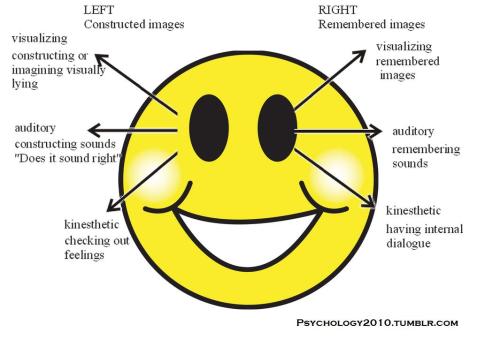What is Cognitive Coaching?
- directed by the coachee
- neutral
- about self-directed learning
- a skillful application of tools for planning, reflecting, and problem-resolving
- developing and building internal resources
- mediating thinking
Coaching Cycle
1. Planning Conversation
2. Event (observation)
3. Reflecting Conversation
The Planning Conversation
- Clarify goals
- Specify success indicators (plan for collecting evidence)
- Anticipate approaches, strategies, decisions and how to monitor them
- Establish personal learning focus and processes for self-assessment
- Reflect on the coaching process and explore refinements
Remember it:
Where will you go?
How will you know?
How will it flow?
How will you know?
How will it flow?
How will you grow?
How will this help you know?
*Try to make coaching your default. Occasionally you may need to slip into the role of collaborating or consulting, but then try to get right back into coaching mode.
Listening Set-Asides
- Autobiographical
- "Me too!" Listening (That reminds me of a story of something that happened to me. It becomes about you instead of the coachee.)
- Inquisitive
- Giving all the juicy details (You don't need to know all of the juicy details when you are coaching. It becomes about your interests)
- Solution
- Wanting to fix the problem
*When you are coaching someone with a different style than you, you need to adjust your style to match the coachee's.
TOOLS:
Paraphrasing (The premier tool in Cognitive Coaching)
*When done correctly, it feels seamless. It isn't "parrot-phrasing."
- Attend fully
- Listen with the intention to understand
- Capture the essence of the message
- Reflect the essence of voice, tone, and gesture
- Make the paraphrase shorter than the original statement
- Paraphrase before asking a question
- Use the pronoun "you" instead of "I"
1. Acknowledge and Clarify
- "You're thinking that..."
- "So you're wondering if..."
- "You're frustrated because..."
- "You're hoping that..."
- "You're concerned about..."
2. Summarize and Organize
- "So, there are three issues."
- "So, you have closure on ___, and you're ready to move on to ___."
- "First you're going to ___, then you will ___."
- "On the one hand..., and on the other hand..."
3. Shift Level of Abstraction
- Up: Values, beliefs, identity, assumptions, goals, concept label
- "So, it's important to you that..."
- "So, a belief you hold is..."
- "So, you're a person who..."
- "An assumption you're operating from is..."
- Down: Example and non-example
- "So an example of what you're talking about is..."
- "So this is not about..."
Pausing and Wait Time
Wait Time #1: After asking a question
Wait Time #2: After the person answers (Signifies that you value what was said)
Wait Time #3: Before responding (Gives you time to craft paraphrase/question)
Wait Time and Eye Movement:
How do you know when the person is done thinking? Watch the eyes! They will tell you how they are thinking!
Wait Time #1: After asking a question
Wait Time #2: After the person answers (Signifies that you value what was said)
Wait Time #3: Before responding (Gives you time to craft paraphrase/question)
Wait Time and Eye Movement:
How do you know when the person is done thinking? Watch the eyes! They will tell you how they are thinking!




No comments:
Post a Comment